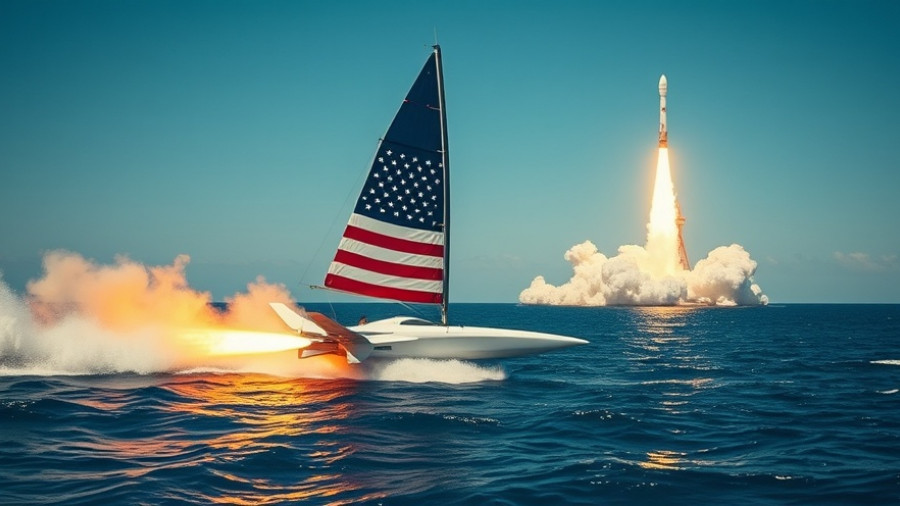
Understanding Maritime Interception Operations
In a world where maritime security is increasingly critical, the recent efforts by the U.S. Marines with the Maritime Special Purpose Force (MSPF) shine a light on the importance of proactive interventions. Conducted aboard the USNS Vindicator, the operations during the Iwo Jima Amphibious Ready Group Marine Expeditionary Unit Exercise (ARGMEUEX) showcased not just military prowess, but also the intricacies of maintaining security on the high seas. These rigorous training exercises equip our Marines with essential skills that keep maritime routes safe, ensuring the flow of goods, and protecting neighboring territories.
The Role of the 22nd Marine Expeditionary Unit
The 22nd Marine Expeditionary Unit plays a vital role in demonstrating the U.S. military's ability to respond quickly to emerging threats. Through exercises like ARGMEUEX, they are not only training to enhance their operational readiness but also solidifying alliances with partner nations participating in such exercises. This initiative positions the Marines as both defenders and partners in maritime security, crucial for regional stability and security.
Future of Maritime Operations: Trends and Insights
Looking ahead, maritime interception operations are likely to evolve with the integration of advanced technology. The increasing use of drones and autonomous systems in naval exercises could revolutionize how interception missions are executed. Such innovations promise to enhance situational awareness and precision, ultimately reducing risks during operations. As these technologies become more prevalent, we can expect more coordinated efforts between various military branches, promoting a unified defense posture.
Community and Connection: The Human Element
While the focus often lies on the tactical aspects of military operations, it is the stories of those involved that truly resonate. Local communities often feel a strong connection to the military, as many families have ties to service members. Sharing these narratives not only fosters a sense of pride but also highlights the sacrifices made by those involved in ensuring our safety, both on land and at sea. Whether it's a spouse waiting at home or a child watching a parent train, these individuals contribute to the broader story of national security.
Take Action: Get Involved with Your Local Military Community
For readers interested in the military and its impact on communities, there are numerous ways to engage. Local support groups and events honoring service members provide platforms to express appreciation and foster connections. Participation in these initiatives not only supports the troops but also strengthens community ties. Consider reaching out to organizations that assist military families or volunteer for events that celebrate their contributions. By getting involved, you contribute to a culture of support and gratitude.
 Add Row
Add Row  Add
Add 




Write A Comment